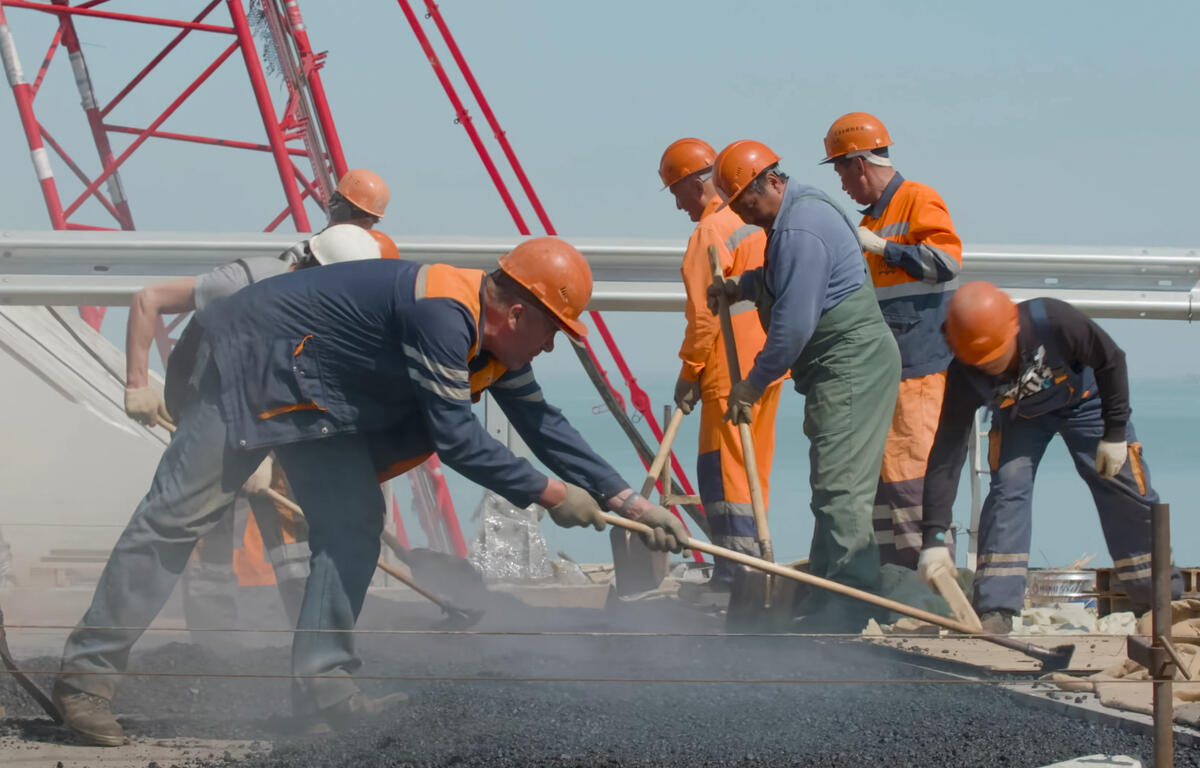Ask The Expert: How Construction Zones and Road Conditions Can Impact Your Vehicle
As road construction ramps up throughout the Shenandoah Valley, especially along I-81, it’s important to be mindful of how these changing conditions can affect your vehicle. While construction zones are necessary for improving roadways, they can also pose risks to your car’s alignment, tires, and overall safety. Here are a few key points to keep in mind to protect your vehicle while driving through work zones.
Watch for Uneven Roads and Potholes
Construction zones often mean rough pavement, uneven lanes, and potholes. Hitting a deep pothole or traveling over an uneven surface at high speeds can knock your vehicle’s alignment out of place, leading to uneven tire wear, steering issues, and potential long-term suspension damage. To minimize the risk, reduce your speed and stay alert to warning signs indicating rough road conditions. If you notice your vehicle pulling to one side or experiencing vibrations after driving through a construction zone, it’s a good idea to have your alignment checked by a professional. It’s even good practice to have your alignment checked once or twice per year as routine maintenance.
Obey Speed Limits for Your Safety—and Your Vehicle’s
Speed limits in construction zones are lowered for a reason. Not only do they help keep road workers safe, but they also protect you and your vehicle. Speeding over rough or unfinished roads increases the likelihood of hitting debris, damaging your tires, or even losing control of your vehicle. Following posted speed limits can help prevent unnecessary wear and tear while also reducing the risk of costly repairs.
Avoid Loose Gravel and Debris
Many work zones have loose gravel, asphalt chunks, and other debris that can lead to windshield chips, tire punctures, and undercarriage damage. Keep a safe distance from vehicles ahead to reduce the chance of debris being kicked up into your car. If your windshield does get chipped, address the issue quickly before it turns into a larger crack that requires full replacement.
Be Cautious Around Lane Shifts and Sudden Stops
Construction zones often have temporary lane shifts that can be narrow or difficult to navigate. Reduced lane width can put your vehicle closer to barriers or other cars, increasing the risk of scrapes or dents. Additionally, sudden stops are common in these areas. Keep a safe following distance to avoid rear-end collisions, especially if traffic slows unexpectedly.
What to Do If Your Vehicle Suffers Damage
Even with the best precautions, road hazards can sometimes lead to unavoidable damage.
Construction zones are a temporary inconvenience, but the impact on your vehicle can be long-lasting if you’re not careful. By slowing down, staying aware, and taking preventative steps, you can help protect both your car and your wallet.
If collision repair is necessary, make sure you know what’s covered by your insurance! As always, Harrisonburg Collision Center will be there for you every step of the way, to get you back on the road safely.
Contact Harrisonburg Collision Center, at 540-433-2776. Feel free to stop by with questions for Joe Williams, the Collision Pro, at 2811 S Main St, Harrisonburg.




